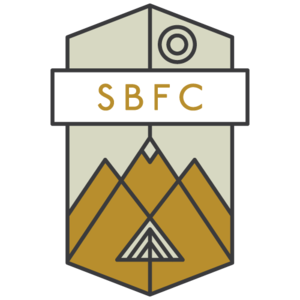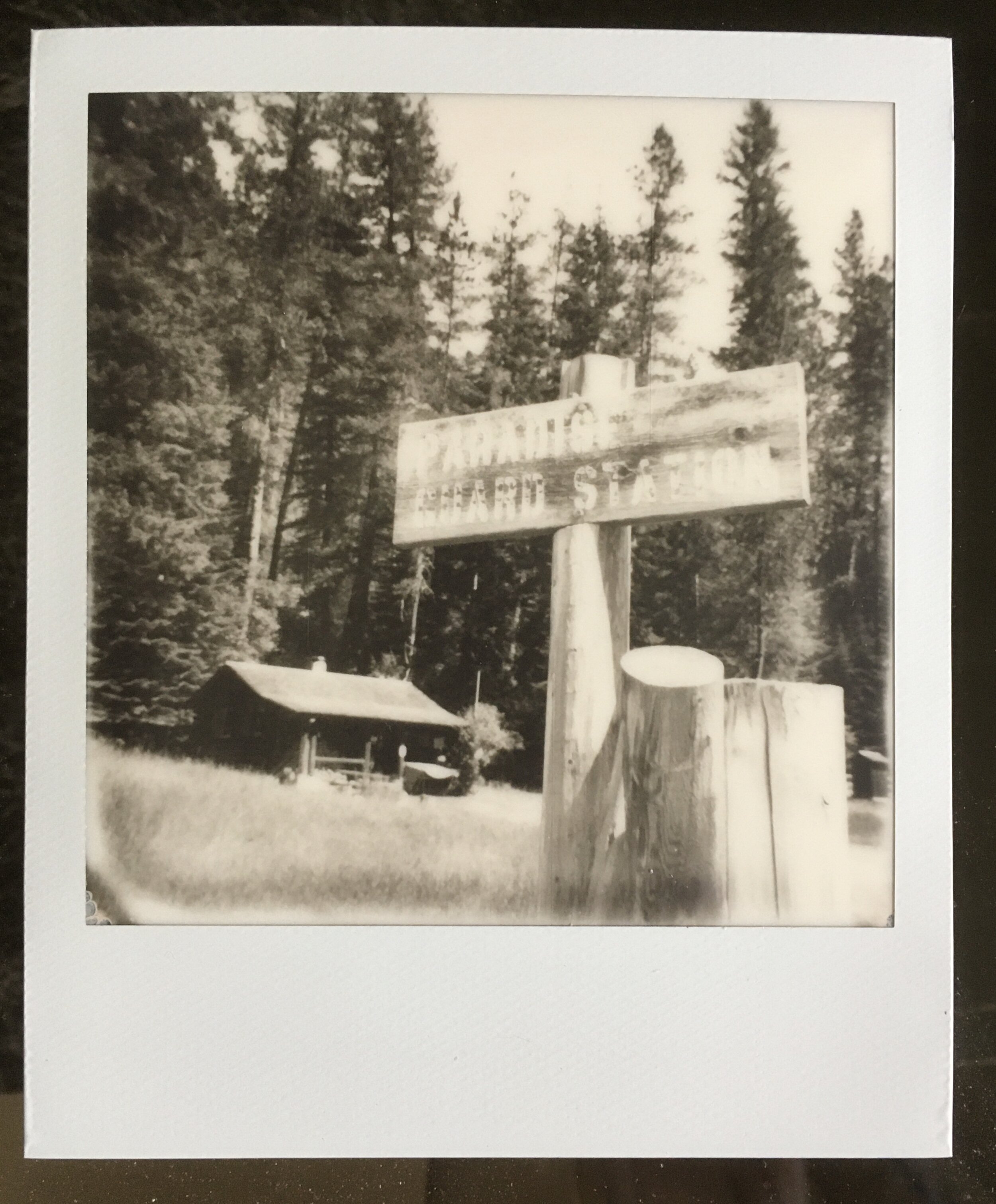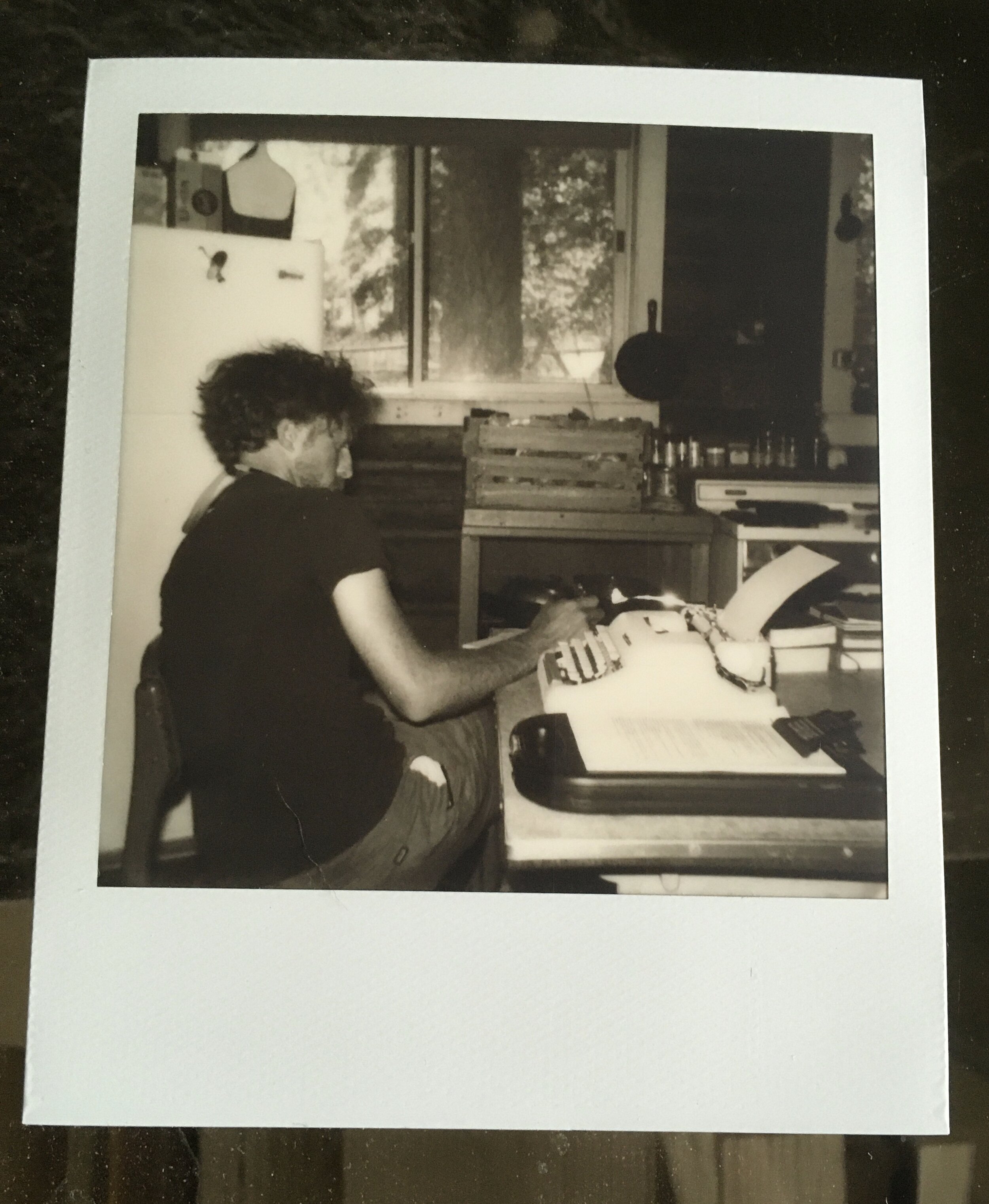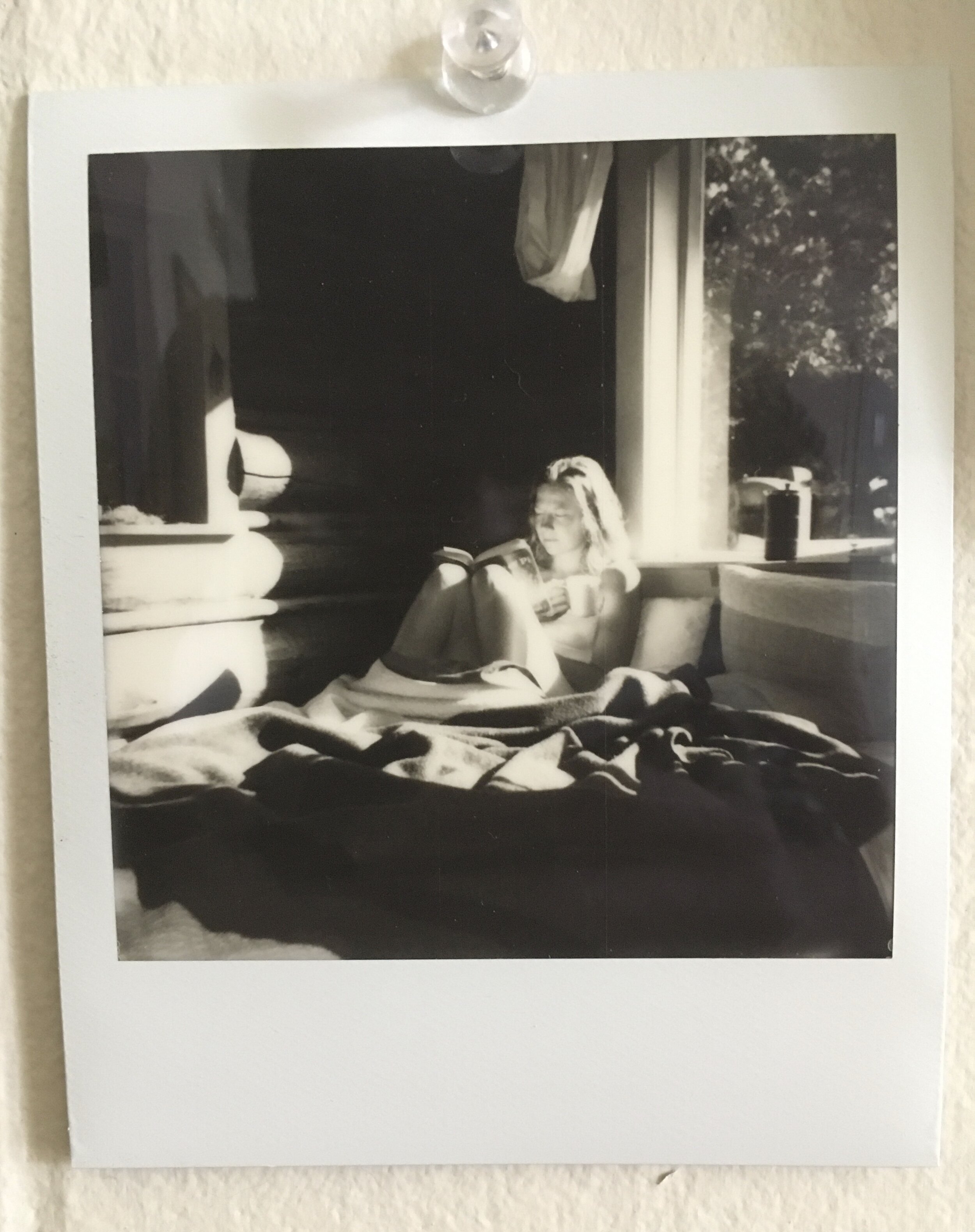Alex Grahe
Wilderness Ranger Fellow
Hitch #1 | June 8th-16th
Nez Perce-Clearwater National Forest | Selway-Bitterroot Wilderness
I found great difficulty attempting to write about our first hitch from my bunk. I feel it was easy enough to write about the events, our comings and goings, our activities clearing trail, but near impossible to capture the feeling of being out in wilderness. Even sitting on a hill behind the bunkhouse, ensconced between a rock and a tree-lined vista, I found it hard to describe the swelling of my heart.
I think it might be hard for me to write about this in the same way it is hard to write about love. Working with Wilderness creates a feeling, a state of mind that crept up and then slammed into me once identified. With sweat and dirt clinging to me, I became enveloped in the hum of insects, roar of rushing water, and layers of green and blue. Time passed differently. Smiles came easier.
Not to say there weren’t difficulties. Hiking in with nine days of food on my back I thought I would keel over the edge of the trail. Our first night we had to sling a bear hang in the dark and tangled up our p-cord. On day three we ended work early for fear of hypothermia and putting my wet boots on the next morning was an act of pure will. As the days went on, I accumulated scrapes and bruises from wayward branches. There were times I was wracked with anxiety, but these centered around thoughts of returning to the world of cell phone coverage and capitalism. Despite my aching muscles and wet boots, I loathed to return to my old responsibilities. On the last day, I was speaking with my crew leader and said I was worried everything will have blown up by the time we got back, and he said, “what’s worse is everything will be exactly the same”.
As a child of the suburbs, I knew the outdoors were beautiful and I’d read enough to know the value of wild spaces for the ecosystem and the human psyche. What I didn’t know was the calm I’d feel from being 10 miles in the backcountry, having carried myself and my belongings there. I didn’t comprehend the satisfaction I’d feel making a crosscut flush with an older log. I didn’t know the relief I’d feel bathing in the stream every day, scrubbing myself with stones and checking for ticks. My dreams were filled with the sound of running water, and each tree we cut spat dust thick with aromatic compounds and the pungency of decay.
Though typical of the human condition to see greener grass, the solace I found in wilderness work was unlike any I’d known before. There were no mirrors. What I saw of myself was refracted through others. Being out there loosens the trammels of the mind, encourages one to listen.
I’m still going to curse my way through a five-mile hike with a full pack and grumble when I wake up to steady pattering on my rain fly, but I’ll look back and remember the quiet of my mind. The steadiness of the work, the relief of a warm meal, and the joy of every moment out there. I feel I’ll remember all of it fondly, no matter how miserable I was at the time, and that’s more than I can say for most of my life.
I could only console myself leaving with the thought I would be back. I cannot do the wilderness justice. You must come see for yourself, for she speaks on her behalf far better than I ever could.
The below images come from Alex’s sketchbook during his first hitch in the Nez Perce-Clearwater National Forest, Selway-Bitterroot Wilderness.
Boulder Creek at Horse Camp
Figure 4. Tree (cedar?) at Outfitter Camp
Figure 5. Four Brook Trout and One Cutthroat Trout from Boulder Creek, ID
Figure 1. Flush Cut
Figure 2. 74 Year Old Lodgepole Pine
Figure 3. Old Outfitter Camp
Nez Perce-Clearwater National Forest | Selway-Bitterroot Wilderness
York College of Pennsylvania
Major: Biology | Minor: Fine Arts, Chemistry
Alex grew up in Tacoma, WA and spent a lot of time at Mount Rainier as a child. He has always been interested in ecological relationships and has a fascination with stories of survival and life among wilderness. The more he learns about the workings of trees and microbes, the more he thinks humans can learn from their dynamic. Alex is excited to become more familiar with the labor involved in maintaining wilderness, and is excited to spend some time listening to the trees.













![GetAttachment[2].jpg](https://images.squarespace-cdn.com/content/v1/559d365ae4b0233f52969762/1603731785219-GHME1IYIF9U1I316IA7G/GetAttachment%5B2%5D.jpg)
























